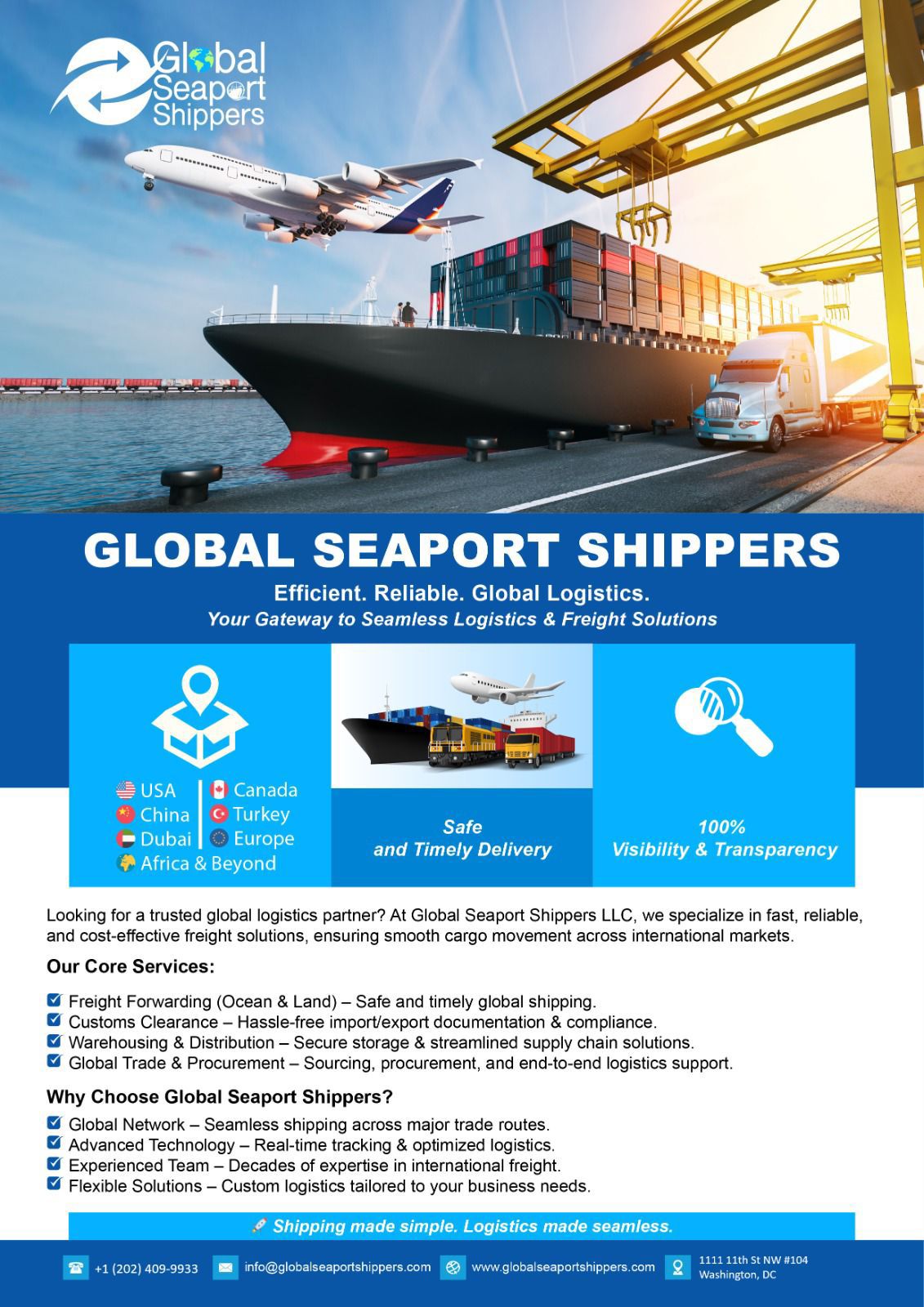Asia is rapidly transforming from a region primarily focused on generic drugs to a powerhouse for advanced medicine, driving some of the most consequential headlines in the global health sector. Fueled by a burgeoning middle class, an aging population, and a clear hunger for preventative and advanced therapeutic options, the continent is witnessing unprecedented investment and market penetration by global pharmaceutical and biotechnology leaders. This strategic pivot highlights Asia’s emergence as not merely a consumer market, but a critical engine for innovation and commercial success.
The Blockbuster Drug Invasion
The most prominent example of this market shift is the arrival of Glucagon-like Peptide-1 (GLP-1) drugs, which treat obesity and diabetes. In a landmark development, Novo Nordisk announced the formal launch of its blockbuster weight-loss drug, Wegovy, in Hong Kong on November 4, 2025. This market entry, which makes the drug available at private clinics and selected pharmacies, is a watershed moment. It signifies the formal acceptance and commercialization of these highly effective, evidence-based obesity treatments in a region facing a growing chronic disease burden. As one analyst noted, “The Hong Kong launch is the tip of the spear; it sets the precedent for the rollout across other high-value Asian economies, fundamentally restructuring the private healthcare sector’s focus on metabolic health.”
The commercial momentum is further amplified by a flurry of significant partnerships and investments in high-tech therapeutics. Just days before the Wegovy launch, on October 31, 2025, the Japanese pharmaceutical giant Otsuka entered into a major licensing agreement with U.S.-based 4D Molecular Therapeutics (4DMT). The multi-million-dollar deal, which included an $85 million upfront payment, granted Otsuka exclusive rights to 4DMT’s investigational gene therapy, 4D-150, across the Asia-Pacific region, including Japan and China. This therapy targets wet age-related macular degeneration and diabetic macular edema—two leading causes of blindness globally.
Investing in the Future of Preventative Health
Beyond high-cost, advanced therapeutics, the demand for preventative health solutions is generating colossal market growth, particularly in the realm of functional foods. Driven by the region’s growing health consciousness and a rapidly expanding senior population—China alone had approximately 297 million people aged 60 or older in 2023—the focus is on internal wellness. The Asia-Pacific prebiotics market, composed of ingredients that promote gut health and immunity, is projected to see dramatic expansion.
Market data indicates this sector, valued in the billions, is on track to grow at a Compound Annual Growth Rate (CAGR) of over 11% through the next decade. This growth is sustained by consumers seeking “natural, preventative ways to preserve their long-term health,” as industry reports indicate. Manufacturers are responding by increasing the incorporation of prebiotic ingredients into traditional Asian staples like dairy products, supplements, and cereals, cementing the connection between consumer demand and biotechnology-driven functional nutrition.
This convergence of high-value drug launches, multi-million-dollar biotech partnerships, and a booming preventative health market clearly positions the Asia-Pacific as the primary growth nexus for the global health industry. The strategic moves being made by global pharmaceutical players and regional biotech firms today, exemplified by the Wegovy launch and the Otsuka-4DMT agreement, confirm the region’s increasing importance as both a consumer base and an innovative collaborator.











